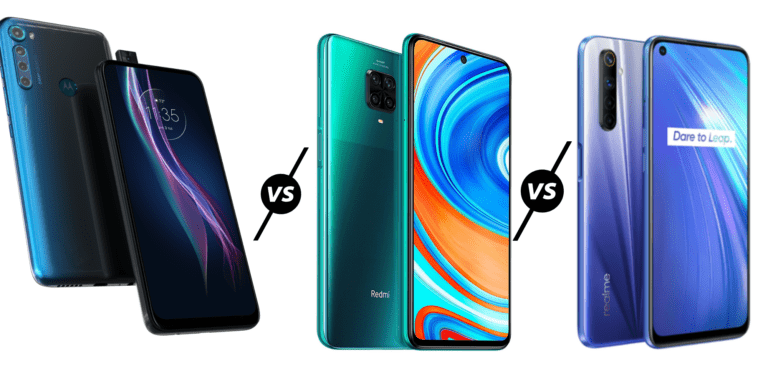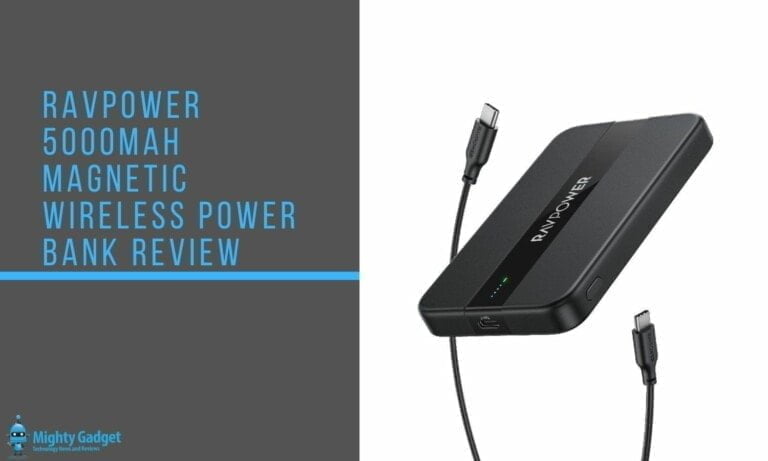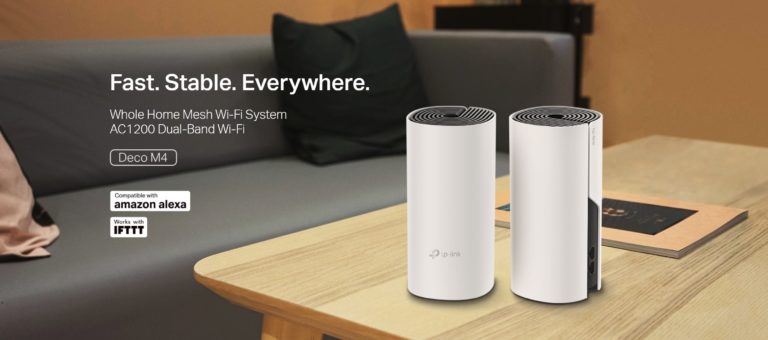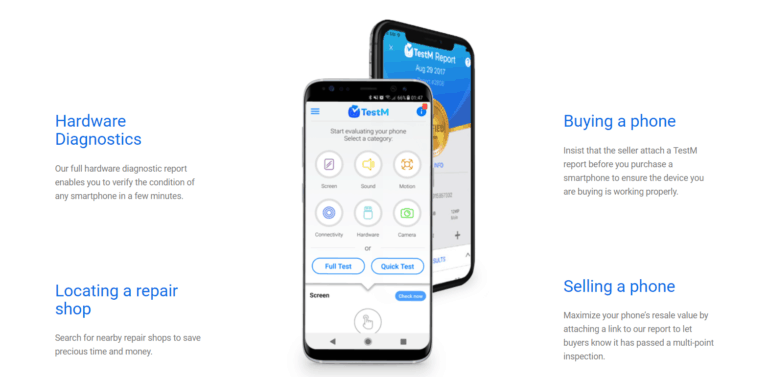Any links to online stores should be assumed to be affiliates. The company or PR agency provides all or most review samples. They have no control over my content, and I provide my honest opinion.
As much as I love Qualcomm, their upper mid-range system on chip product range is starting to become quite confusing, to say the least.
Today they announced two more products with the Snapdragon 665 and Snapdragon 730 system on chips. Now to be fair, these two new chips are replacing the older models which I assume includes the newly announced SD712 the slightly less new 710, then the 660.
This should then leave the Snapdragon 675 and the SD670 existing in the weird position where the SD675 has a superior processor but not quite as good GPU compared to the older 670.
If you are a little confused by the vast number of options, I don’t blame you, I am a little. It doesn’t help with HiSilicon having the Kirin 710 in comparison.
The following table gives you an overview of the current Qualcomm product line up and the Huawei / Hisilicon Kirin 710.
| SD662 | SD665 | SD670 | SD675 | SD710/712 | SD720G | SD730 | |
|---|---|---|---|---|---|---|---|
| Introduced | 2020 | 2019 | 2018 | 2018 | 2018/2019 | 2020 | 2019 |
| Process | 11 nm | 11nm LPP | 10nm LPP | 11nm LPP | 10 nm | 8 nm | 8nm LPP |
| CPU Cores | Octa-Core, 64-bit | Octa-Core, 64-bit | Octa-Core, 64-bit | Octa-Core, 64-bit | Octa-Core, 64-bit | Octa-Core, 64-bit | Octa-Core, 64-bit |
| CPU | 4x Kryo 260 (CA73) @ 2.0GHz 4x Cortex-A53 @ 1.7 GHz | 4x Kryo 260 (CA73) @ 2.0GHz 4x Kryo 260 (CA53) @ 1.8GHz | 4x Kryo 260 (CA73) @ 2.2GHz 4x Kryo 260 (CA53) @ 1.8GHz | 2x Kryo 460 (CA76) @ 2.0GHz 256KB L2 6x Kryo 460 (CA55) @ 1.8GHz 64KB L2 | 2x Kryo 360 Gold @ 2.3 GHz (CA75) 6x Kryo 470 (CA55) @ 1.8GHz | Octa-core up to 2.3 GHz Kryo 465 2x Kryo 465 probably (CA76) @ 2.3GHz 6x Kryo 470 (CA55) @ 1.8GHz | 2x Kryo 470 (CA76) @ 2.2GHz 6x Kryo 470 (CA55) @ 1.8GHz |
| GPU | Adreno 610 | Adreno 610 | Adreno 615 | Adreno 612 | Adreno 616 | Adreno 618 | Adreno 618 |
| RAM | 2x 16-bit @ 1866MHz LPDDR4 14.9GB/s | 2x 16-bit @ 1866MHz LPDDR4 14.9GB/s | 2x 16-bit @ 1866MHz LPDDR4 14.9GB/s | 2x 16-bit @ 1866MHz LPDDR4 14.9GB/s | 2x 16-bit @ 1866MHz LPDDR4 14.9GB/s | 2x 16-bit @ 1866MHz LPDDR4 14.9GB/s | 2x 16-bit @ 1866MHz LPDDR4 14.9GB/s |
| Camera | Spectra 340T Dual: 16 MP, MFNR, ZSL,30 fps Single:25 MP, MFNR, ZSL,30 fps Single: 48 MP, MFNR Single: 48MP | Spectra 165 Dual 16 MP, MFNR, ZSL, 30 fps Single25 MP, MFNR, ZSL, 30 fps Single 48 MP | Spectra 250 ISP Dual:16 MP, MFNR, ZSL, 30 fps Single:25 MP, MFNR, ZSL, 30 fps Single:48 MP, MFNR Single:192 MP | Spectra 250 ISP Dual:16 MP, MFNR, ZSL, 30 fps Single:25 MP, MFNR, ZSL, 30 fps Single:48 MP, MFNR Single:192 MP | Qualcomm Spectra 250 Dual:16 MP, MFNR, ZSL, 30 fps Single:25 MP, MFNR, ZSL, 30 fps Single:48 MP, MFNR Single:192 MP | Spectra 350L Dual: 16 MP, MFNR, ZSL,30 fps Single:32 MP, MFNR, ZSL,30 fps Single: 48 MP, MFNR Single: 192MP | Spectra 350 Dual: 22 MP, MFNR, ZSL,30 fps Single:36 MP, MFNR, ZSL,30 fps Single: 48 MP, MFNR Single: 92 MP |
| AI | Hexagon 683 Processor | Hexagon 686 | Hexagon 685 | Hexagon 685 DSP | Hexagon 692 Processor | ||
| Video Encode/Decode | 1080p Video Capture @ 60 FPS HEVC video capture H.264 (AVC), H.265 (HEVC) VP8 and VP9 playback | 2160p30, 1080p120 H.264 & H.265 | 2160p30, 1080p120 H.264 & H.265 | 2160p30, 1080p120 H.264 & H.265 | Capture @ 4K at 30 fps 4K HDR video playback (10-bit color depth, Rec. 2020 color gamut) H.264 (AVC), H.265 (HEVC) and VP9 playback | 4K Video Capture @ 30 FPS HEVC video capture HDR10 and HLG Video Playback (10-bit color depth, Rec. 2020 color gamut) H.264 (AVC), H.265 (HEVC) VP8 and VP9 playback | 4K HDR Video Capture with Portrait Mode (Bokeh, 4K at 30 fps) 4K HDR10 PQ and HLG Video Playback (10 bit color depth, Rec. 2020 color gamut) H.264 (AVC), H.265 (HEVC) VP8 and VP9 playback |
Camera support
With the camera support, it is a little confusing the Spectra 250 used to get listed as 25MP single / 16MP dual, but this appears to be a soft number, and now Qualcomm advertise 48MP hwoever, the Snapdragon 670, 675, 710, 845 and 855 models now all support 192MP
There are some limitations, however. In order to process such a large image, the camera cannot use any multi-frame processing, for example for HDR or noise reduction, or a zero-shutter-lag. The 192MP limit is also only valid for single-camera setups and not for multi-camera devices. Not even a front-camera would be supported.
So the 48MP number used by Qualcomm allows you to have all the other features you would expect from a smartphone camera.
Some of the older products have not had their product briefs updated, but I would assume all Spectra 250 have similar support.
Snapdragon 665
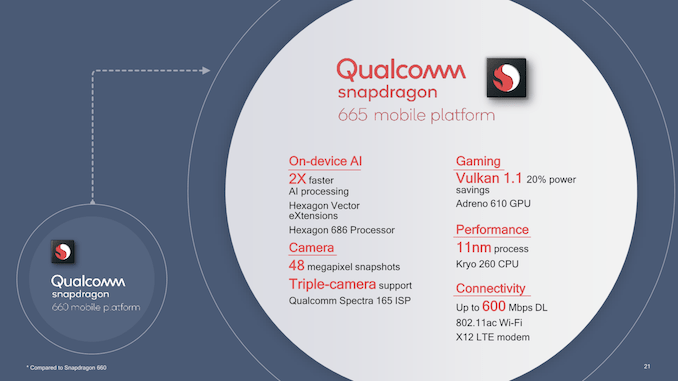
The Snapdragon 665 is the replacement for the SD660 which was released way back in 2017, so it is unlikely many if any new phones will be launched with the SD660, which will simplify the product line-up a little.
However, due to all the other options sitting above it, it has had limited upgrades from the previous generation. Specifically, there are still 4x Kryo 260’s based on Cortex A73’s plus 4x Cortex A53 based cores. In fact, it is now clocked lower than the old SD660, which is odd, but probably to position this chip further down the ladder, and spacing out the products.
Most of the other main bits have been upgraded, the GPU has jumped up to Adreno 610 from Adreno 512, the DSP goes from Hexagon 680 to 686, and the camera goes from Spectra 160 to Spectra 165.
With the camera, the big thing will be that it now supports either 48MP single / 16MP dual to accommodate the popularity of dual lenses on the rear.
The fabrication process has been dropped from 14nm to 11nm which should help improve power efficiency considerably. Memory controller, media capabilities as well as the modem remain the same.
Snapdragon 730

This is the most exciting of the two products and will sit at the top of the upper-middle line-up giving you many flagship features without the expensive of a Snapdragon 855 phone.
The chips will replace the Snapdragon 710, and I assume the SD712. The 712 was an odd release it was essentially the same as the 710 but with a tiny bump in processor performance and from what I can gather is only used by the Xiaomi Mi 9 SE.
It is also worth noting that the Qualcomm SD675 was announced in October, which has a much better processor than the SD710 but a not as good GPU. So the product line-up should start making a little more sense once the SD710 is gone.
So, the new Snapdragon 730 has received lots of upgrades differentiating it from the pack properly. This has now been bumped up to an 8-core Kryo 470 with 2 big cores running a Cortex A76 at 2.2GHz and 6 small cores running Cortex A55 at 1.8GHz. According to the product brief, this provides a 35% performance uplift compared the the SD710
The GPU has gone up to the Adreno 618. This promises 25% increased performance over its predecessor.
The digital signal processor is now Hexagon 688 which now includes Qualcomm’s new Tensor Accelerator units for machine learning inferencing, and an important aspect of all the AI enhancements companies are keen to tell us about. Qualcomm state that this chipset packs twice the power of its predecessor for AI.
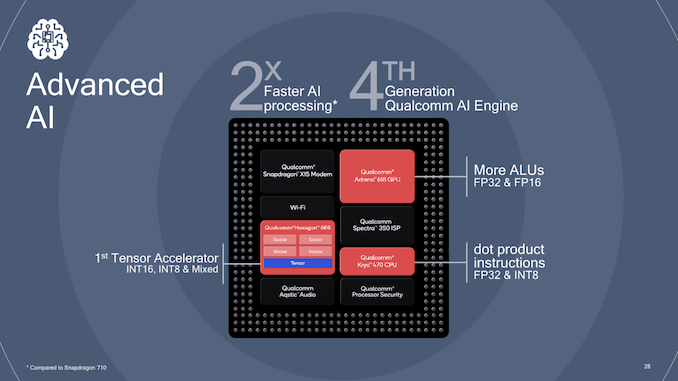
The ISP and camera support are now Spectra 350 with 48MP support. This also has CV (computer vision) acceleration delivers up to 4x power savings, alongside features such as 4K HDR video capture with Portrait Mode and photo and video capture in HEIF format for reduced file sizes.
This chipset is also 802.11ax-ready which will I assume will require phone manufacturers to choose if they want to use it, similar to the Galaxy S10 with the Snapdragon 855 having it while some others don’t.
It is now made on the brand spanking new 8nm LPP fabrication process which should make this much more power efficient.
Qualcomm will also deliver a Snapdragon 730G variant of the chipset promising 15% greater graphics performance, a bin variant of the Snapdragon 730 with higher clock speeds.
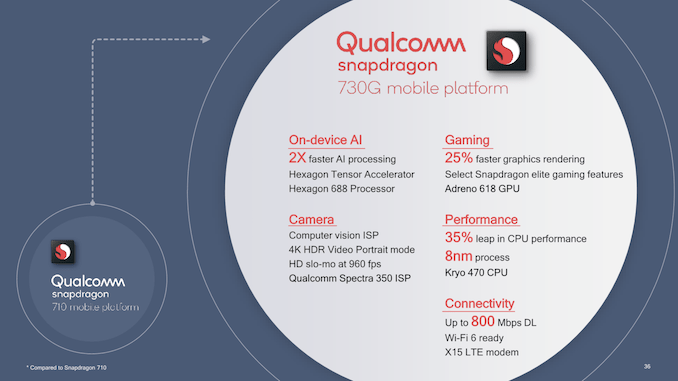
I am James, a UK-based tech enthusiast and the Editor and Owner of Mighty Gadget, which I’ve proudly run since 2007. Passionate about all things technology, my expertise spans from computers and networking to mobile, wearables, and smart home devices.
As a fitness fanatic who loves running and cycling, I also have a keen interest in fitness-related technology, and I take every opportunity to cover this niche on my blog. My diverse interests allow me to bring a unique perspective to tech blogging, merging lifestyle, fitness, and the latest tech trends.
In my academic pursuits, I earned a BSc in Information Systems Design from UCLAN, before advancing my learning with a Master’s Degree in Computing. This advanced study also included Cisco CCNA accreditation, further demonstrating my commitment to understanding and staying ahead of the technology curve.
I’m proud to share that Vuelio has consistently ranked Mighty Gadget as one of the top technology blogs in the UK. With my dedication to technology and drive to share my insights, I aim to continue providing my readers with engaging and informative content.


